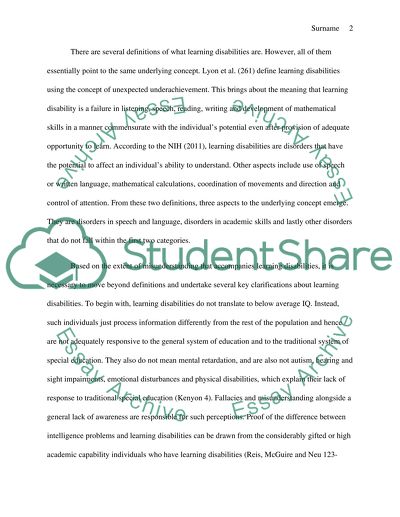Cite this document
(“Learning Disabilities: Nature, Treatment and School Compensation Research Paper”, n.d.)
Retrieved from https://studentshare.org/english/1434798-learning-disabilities
Retrieved from https://studentshare.org/english/1434798-learning-disabilities
(Learning Disabilities: Nature, Treatment and School Compensation Research Paper)
https://studentshare.org/english/1434798-learning-disabilities.
https://studentshare.org/english/1434798-learning-disabilities.
“Learning Disabilities: Nature, Treatment and School Compensation Research Paper”, n.d. https://studentshare.org/english/1434798-learning-disabilities.


